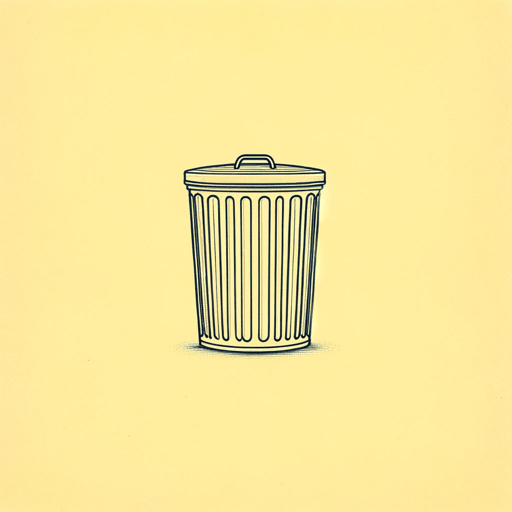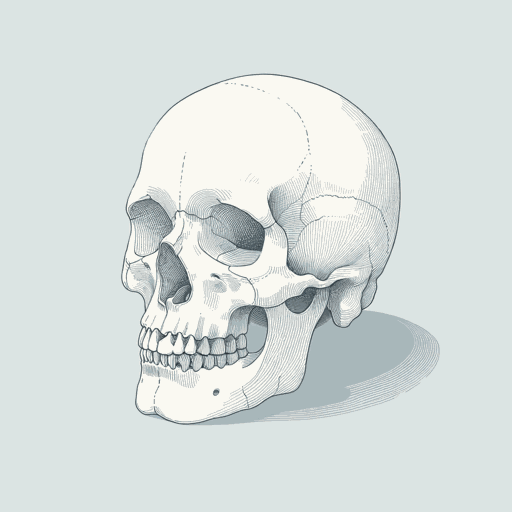56 pages • 1 hour read
Mary RoachFuzz: When Nature Breaks the Law
Nonfiction | Book | Adult | Published in 2021A modern alternative to SparkNotes and CliffsNotes, SuperSummary offers high-quality Study Guides with detailed chapter summaries and analysis of major themes, characters, and more.
Chapters 7-9Chapter Summaries & Analyses
Chapter 7 Summary: “When the Wood Comes Down: Beware the ‘Danger Tree’”
A natural danger that many people overlook is falling trees. As many species of trees have long lifespans, their deaths may also occur over decades or even centuries. People prize tall and majestic trees, but those are the ones that pose the most danger, either through the damage from high winds or through decomposition, which weakens branches. Trees like this that are located near trails or buildings are classified as “danger trees” (139). People have also been killed or seriously injured by trees that produce large cones or fruit, such as coconuts, durians, or Coulter pines (140).
However, workers tasked with removing or pruning danger trees, known as “fallers,” are most at risk, their on-the-job fatalities being 65 percent higher than the average worker (141). Because it can be difficult to predict how a dead or dying tree will fall, some danger trees are blown up instead of cut down. Often, just the top third of the tree is blown up, which preserves the appearance of the forest at the visitors’ eye level while rendering the tree less dangerous. Old trees do something similar naturally called “retrenchment,” where they allow the crown to die off but continue to grow roots and trunk circumference (144).
Related Titles
By Mary Roach
Featured Collections
Animals in Literature
View Collection
Common Reads: Freshman Year Reading
View Collection
Earth Day
View Collection
Equality
View Collection
Laugh-out-Loud Books
View Collection
Mortality & Death
View Collection
New York Times Best Sellers
View Collection
Science & Nature
View Collection
True Crime & Legal
View Collection



